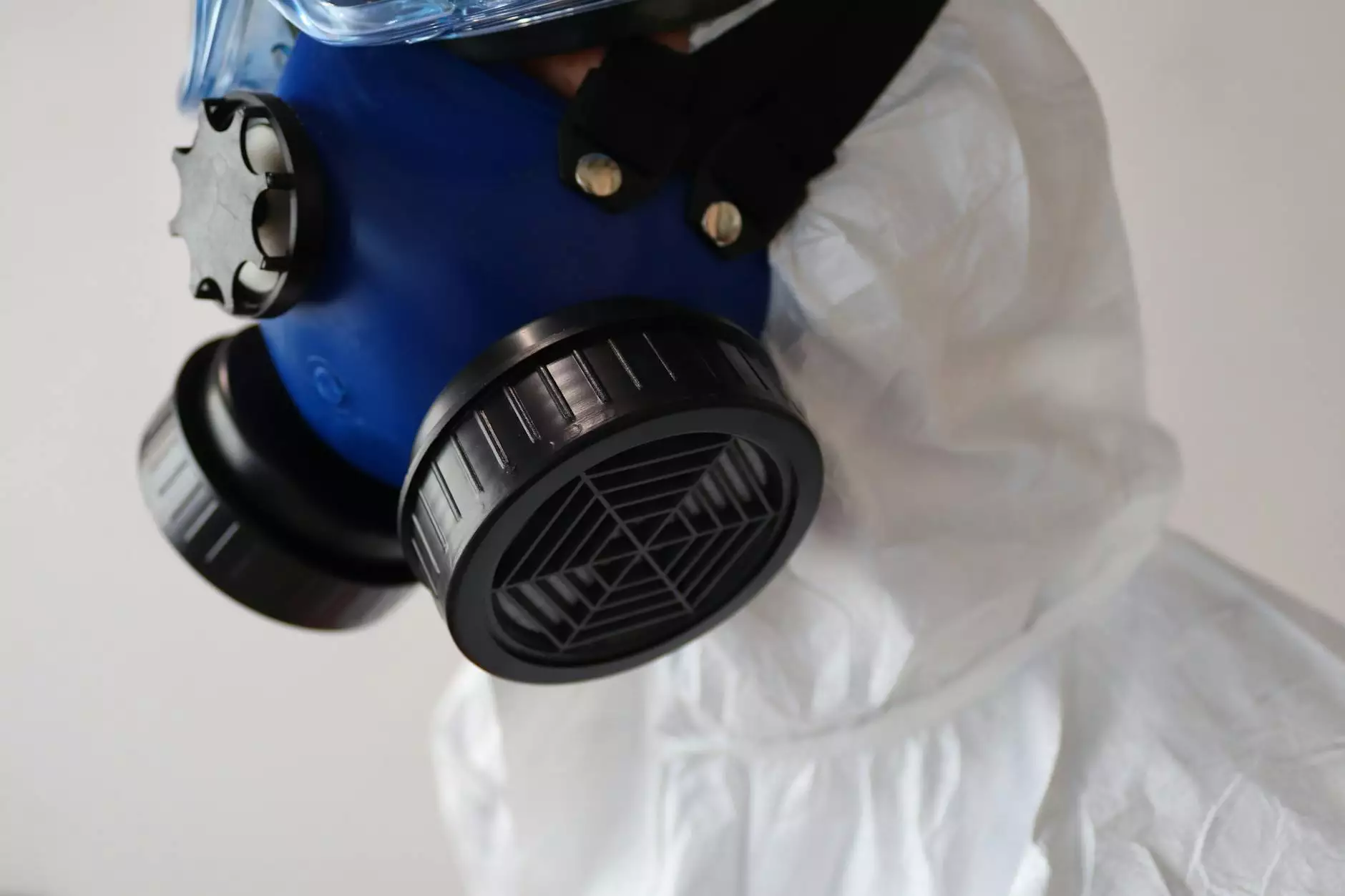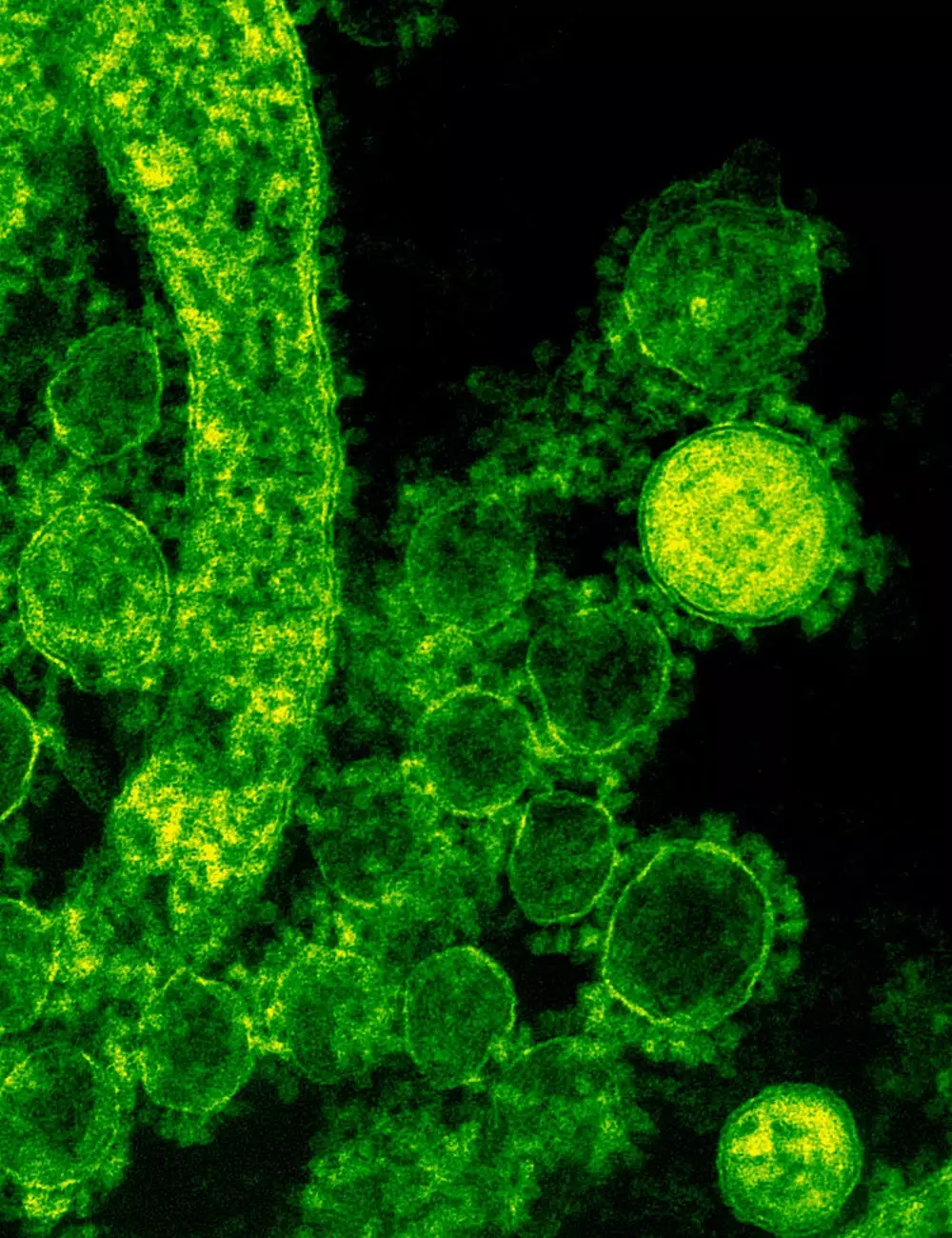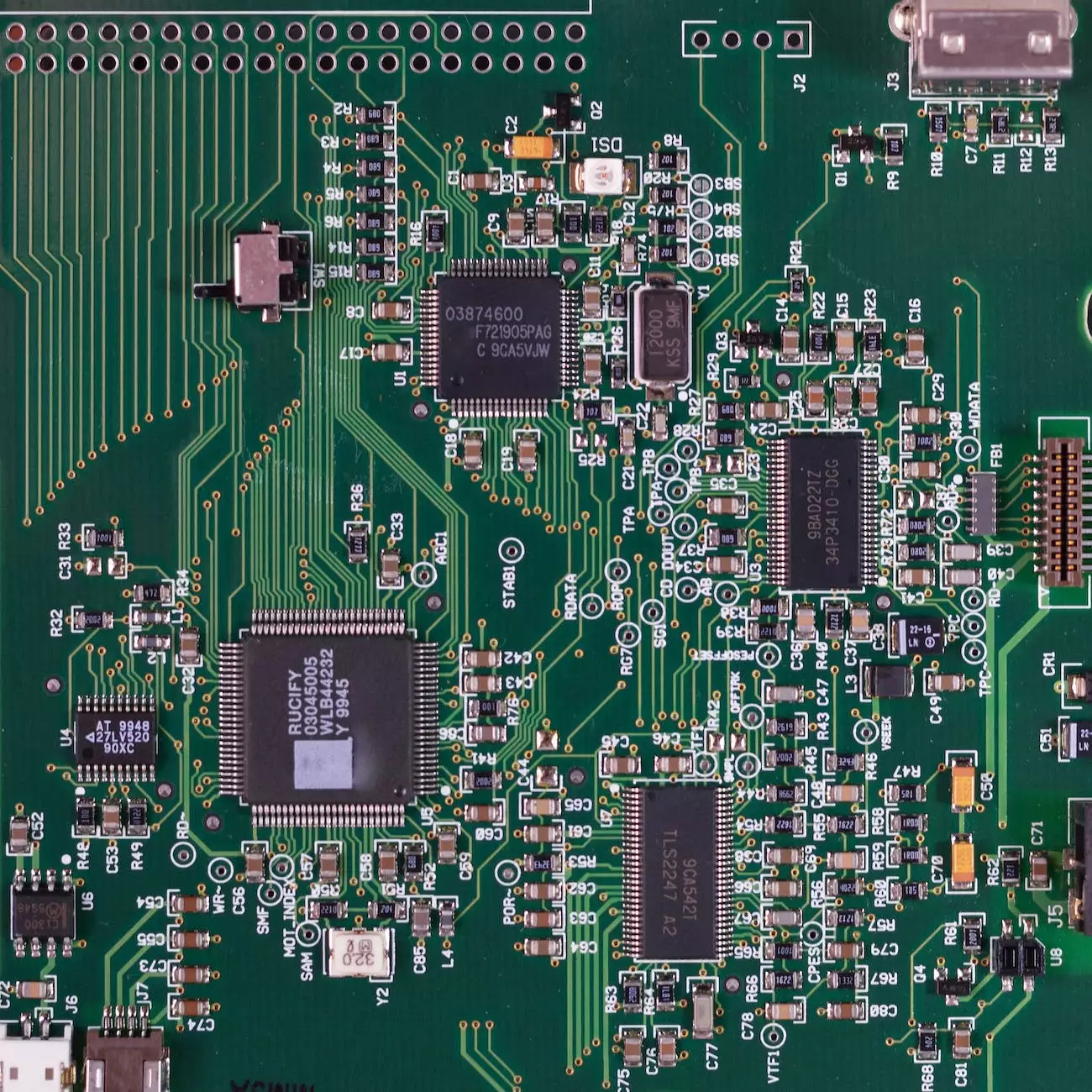Ventilator-Associated Pneumonia (VAP) Rate

Introduction
Welcome to Bay Regional Medical Center's information page on Ventilator-Associated Pneumonia (VAP) rate. As a leading healthcare provider in the Health category, we strive to educate and inform our patients on various medical conditions. In this article, we will delve into the details of VAP, its causes, prevention strategies, and available treatment options.
Understanding Ventilator-Associated Pneumonia (VAP)
Ventilator-Associated Pneumonia (VAP) refers to a type of lung infection that occurs in patients who are on mechanical ventilation. It is a serious condition that can complicate the recovery of patients already dealing with critical health issues. VAP is a significant concern in healthcare settings, and Bay Regional Medical Center is dedicated to preventing and managing this condition effectively.
Causes of Ventilator-Associated Pneumonia
VAP is primarily caused by the inhalation of bacteria from the airway or surrounding environment. When a patient is placed on a ventilator, a breathing tube is inserted into their airway to assist with oxygenation. However, this tube can provide a pathway for bacteria to enter the lungs, leading to the development of VAP. Common bacteria associated with VAP include Staphylococcus aureus and Pseudomonas aeruginosa.
Prevention Strategies
At Bay Regional Medical Center, we prioritize the prevention of VAP through rigorous protocols and evidence-based practices. Our highly skilled healthcare professionals are trained to implement strict infection control measures, including proper hand hygiene, regular oral care, and regular monitoring of ventilator settings. We also emphasize the importance of maintaining a clean and sterile environment to minimize the risk of bacterial contamination.
Key Prevention Measures:
- Regular assessment and cleaning of ventilator equipment
- Frequent repositioning of patients to prevent stagnant secretions
- Strict adherence to infection control guidelines
- Appropriate management of sedation and pain medication to reduce the need for prolonged ventilation
- Ongoing education and training for healthcare providers
Treatment Options
Prompt identification and appropriate treatment of VAP are crucial in improving patient outcomes. At Bay Regional Medical Center, our dedicated team of medical professionals utilizes a multidisciplinary approach to manage VAP effectively. Treatment options may include antibiotic therapy, respiratory support, and coordination with other specialized healthcare providers to address any underlying conditions.
Conclusion
In conclusion, Ventilator-Associated Pneumonia (VAP) is a serious condition that requires comprehensive prevention strategies and effective treatment. Bay Regional Medical Center is committed to providing the highest level of care to our patients, ensuring their safety and well-being throughout their healthcare journey. If you have any questions or concerns regarding VAP or any other healthcare-related matters, please feel free to contact us.




